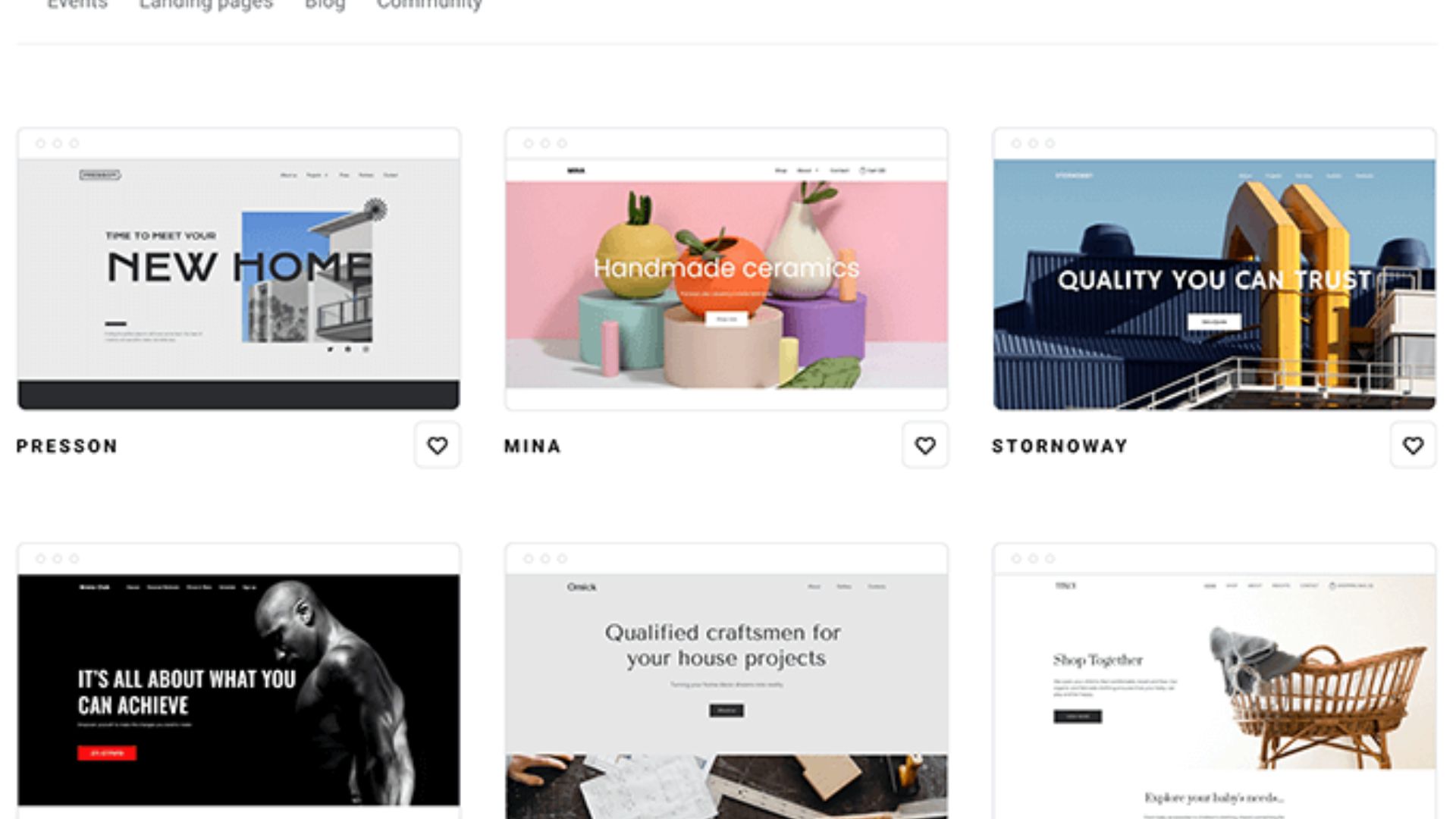Designing a website that appeals to your target audience is crucial for attracting and engaging potential customers. Here are some tips to help you create a website that resonates with your target audience:
- Define Your Target Audience: Before designing your website, clearly define your target audience. Understand their demographics, interests, preferences, and pain points. This knowledge will guide your design decisions and help you create a website that speaks directly to your audience.
- Research Competitors and Industry Trends: Conduct thorough research on your competitors’ websites and industry trends. This information can provide valuable insights into what appeals to your target audience. Emulate successful elements but also find unique ways to differentiate your website and stand out from the competition.
- Create User Personas: Develop detailed user personas that represent different segments of your target audience. This will help you understand their behaviors, needs, and goals, allowing you to tailor the website experience accordingly. Design with specific user personas in mind, ensuring your website meets their expectations and addresses their pain points.
- Clear and Intuitive Navigation: Design a clear and intuitive navigation structure that allows visitors to find information easily. Place the most important pages and sections prominently, and organize content logically. Consider the user flow and make it easy for visitors to navigate from one page to another.
- Authentic and Relevant Visuals: Use visuals, such as images, videos, or illustrations, that resonate with your target audience. Choose visuals that reflect their lifestyle, interests, and aspirations. Authentic and relatable visuals help create an emotional connection and establish trust with your audience.
- Consistent Branding: Maintain consistent branding throughout your website, including color schemes, typography, and overall visual style. Consistency strengthens brand recognition and helps build trust with your target audience. Ensure your brand elements align with your target audience’s preferences and resonate with their desired experiences.
- Engaging and Relevant Content: Craft high-quality, engaging content that speaks directly to your target audience’s needs and interests. Use language, tone, and messaging that resonates with them. Answer their questions, address pain points, and clearly communicate the value your products or services provide.
- Mobile Optimization: Optimize your website for mobile devices, as more users access the web through their smartphones and tablets. Ensure your website is responsive, loads quickly, and provides a seamless user experience across different screen sizes and devices.
- Incorporate Social Proof: Include social proof elements, such as customer testimonials, reviews, or case studies, to build trust and credibility with your target audience. Highlight social proof throughout your website to reinforce the quality and value of your offerings.
- Continuously Gather Feedback: Gather feedback from your target audience to understand their experience on your website. Conduct usability tests, analyze user behavior data, and listen to customer feedback. This information will help you identify areas for improvement and make iterative design changes to align better with your audience’s preferences.
By implementing these tips, you can create a website that appeals to your target audience, resonates with their interests, and drives engagement and conversions. Regularly evaluate and optimize your website based on user feedback and evolving audience preferences to ensure it remains effective and relevant.










